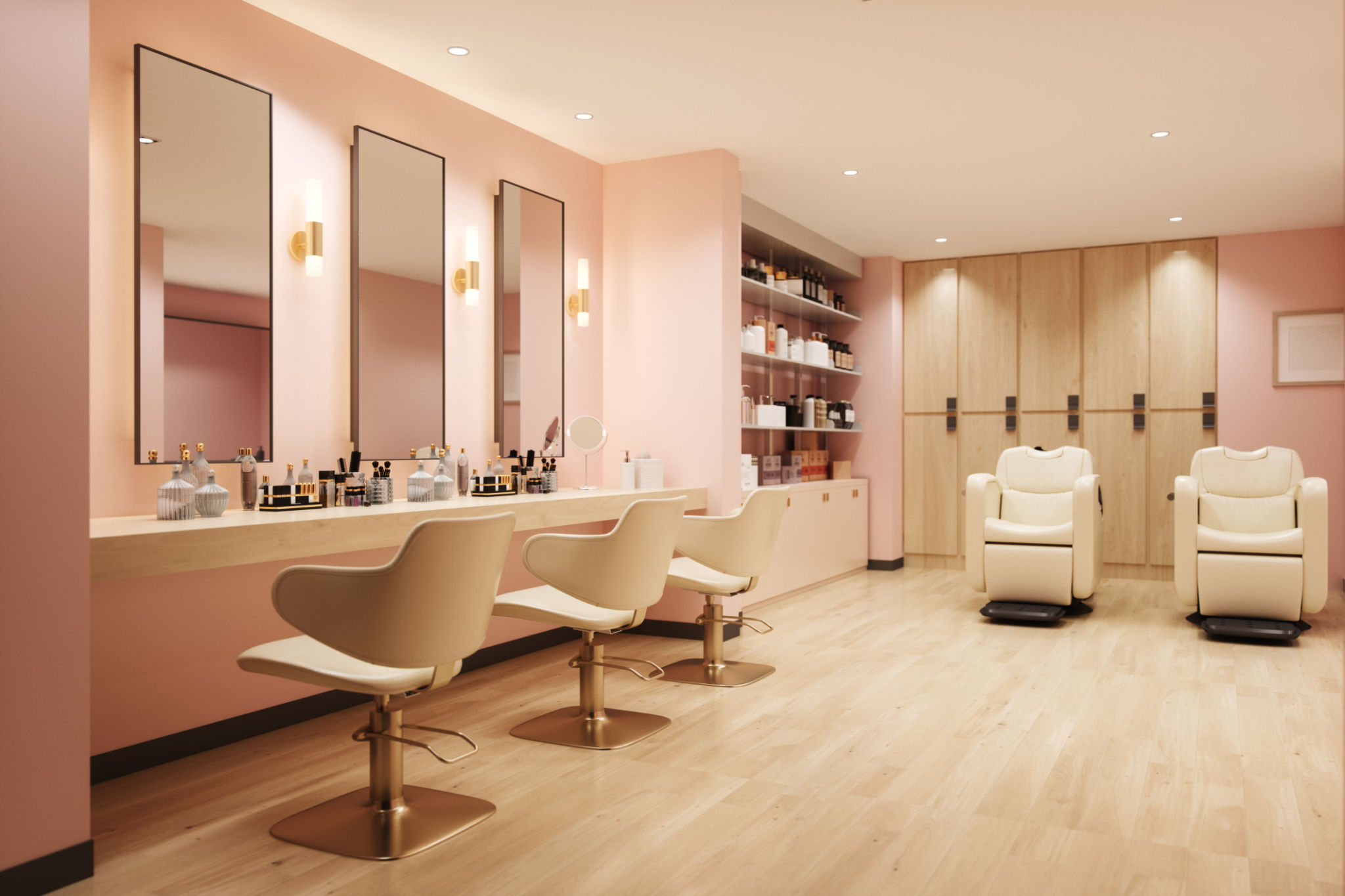A Parent's Guide to Sensory-Friendly Haircuts for Children with Special Needs
Understanding Sensory Sensitivities
For many children with special needs, a trip to the hair salon can be an overwhelming experience. Sensory sensitivities can make the environment—filled with unfamiliar sounds, smells, and textures—quite challenging. It's important for parents to understand these sensitivities to better assist their children during haircuts.
Sensory sensitivities can cause children to react strongly to certain stimuli. This might include the sound of hair clippers, the sensation of water or hair on their skin, or even the smell of shampoos and conditioners. Recognizing these triggers is the first step in creating a more comfortable haircut experience for your child.

Preparing Your Child for the Haircut
Preparation is key when it comes to managing sensory sensitivities. Start by explaining the process of a haircut to your child in a way they can understand. Use visual aids or social stories to illustrate what will happen during the visit. This can help demystify the experience and reduce anxiety.
Another effective strategy is to perform practice haircuts at home. Use a toy clipper or simply mimic the motions of a haircut with your hands. This can help your child become familiar with the sensations and sounds associated with getting a haircut in a less intimidating setting.

Choosing a Sensory-Friendly Salon
Finding the right salon can make all the difference. Look for salons that advertise as being sensory-friendly or have experience working with children with special needs. These establishments often have trained staff who understand how to accommodate sensory sensitivities.
Consider visiting the salon beforehand to familiarize your child with the environment. This way, they can explore the space and meet the stylist without any pressure. Additionally, inquire if the salon offers quieter times or private appointments to minimize sensory overload.

Strategies During the Haircut
During the haircut, there are several strategies you can employ to help your child feel more comfortable. Bringing along a favorite toy or comfort item can provide a sense of familiarity and security. Noise-canceling headphones may also help if your child is sensitive to sounds.
It's important to communicate with the stylist about your child's needs. Let them know if there are specific triggers to avoid or if there are certain techniques that work well for your child. A patient and understanding stylist can significantly enhance the experience.
Coping Mechanisms for Your Child
Teach your child coping mechanisms ahead of time. Deep breathing exercises or counting can serve as distractions and help calm their nerves. Additionally, offering positive reinforcement and praise throughout the process can boost their confidence.

Post-Haircut Care
After the haircut, it's important to provide your child with ample praise and reassurance. Celebrate their bravery and offer rewards if they respond well to incentives. This positive reinforcement can help create a more favorable association with haircuts in the future.
Reflect on what worked well and what could be improved for next time. Each haircut is an opportunity to learn and adapt strategies that best suit your child's needs.
